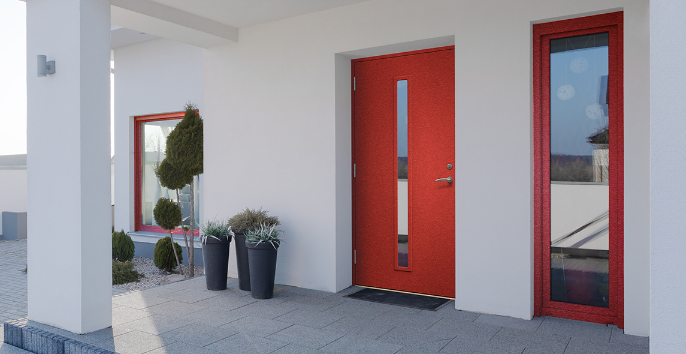Entrance doors are a crucial part of each creating, and they have been a symbol of suspense and interest since the past. They already have always enjoyed an important role in storytelling, civilizations, and cultures, and then be described as a representation of our own society’s principles. From Eastern to Western, doors (dörrar) designs in addition to their use differs substantially, which is fascinating to explore the societal value behind them. In this particular article, we will go on a strong leap in to the secrets encompassing entrance doors throughout the world and know the way they represent our civilizations.
Entry doors from the East: In the Eastern, specially in Asian places including Japan and Chinese suppliers, the design of the entrance is an integral part of their architecture. The entrance doors represent boundaries, level of privacy, and admiration. The standard Japanese moving entry doors, often known as Shoji, are made of papers and are really easy to slide open and close. The design of the entrance doors is minimalistic, and they merge together with the interiors from the room effortlessly. Similarly, Chinese entry doors are designed with sophisticated carvings and symbols that stand for money and success. The doors are frequently red, a blessed coloration in China culture. The Eastern doorways reflect the admiration for security and formality that is certainly an important part of their life-style.
Entrance doors from the To the west: From the Western, the appearance of the doors is a lot more utilitarian than visual. The doorways are mainly made from wooden, steel, or fiberglass, as well as their major function is protection. The top entry doors of properties are often large and imposing, where you can essential affect on the property’s entrance charm. The size and style, design, and substance in the front door tend to be regarded as signs from the homeowner’s reputation and wealth.
Middle age and Gothic doorways: Medieval and Gothic design hosts many of the most intricate and elaborate doors around the world. The entry doors are symbolic of the strength of the cathedral and so are designed to frighten and amazement website visitors. The entrance doors tend to be made of weighty steel and decorated with displays from your Holy bible or ornate carvings. The Gothic doorways symbolize a time period of spiritual dominance and structural creativity.
Entry doors in African cultures: African cultures see doorways as critical portals between the lifestyle as well as the psychic world. The entry ways entrance doors of homes and complexes are made to control satanic spirits and to ask the best kinds. They are usually hand-carved from hardwood and embellished with symbols of your tribe’s traditions. The doors usually have nearby thinking depicted on them, and are generally a tremendous representation of your assortment and meaning in African cultures.
Modern-day time entrance doors: Together with the introduction of contemporary architecture and technological innovation, entry doors have advanced from their standard forms to include new patterns that are both great looking and practical. Glass doors have grown to be preferred for his or her minimalistic and present day seem, plus they enable natural light to successfully pass through in the interiors of your building. Auto entrance doors are getting to be standard in shopping centers and offices, making it easier to maneuver individuals and products.
To put it briefly: Through the structural intricacies of middle age times on the minimalistic designs of modern day-day, entry doors have been a reflection of your culture they fit in with. They may be a cultural aspect, symbolic of ideals, morals, and cultures. Entrance doors are not just a way to key in or get out of a creating, and comprehending their cultural symbolism is most likely the starting point in appreciating the diversified beliefs and cultures around the world. The universality of entry doors highlights the importance of signs in human being tradition in addition to their function in shaping the way we are living our lives.
